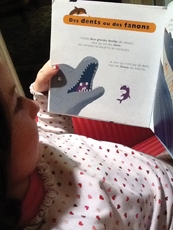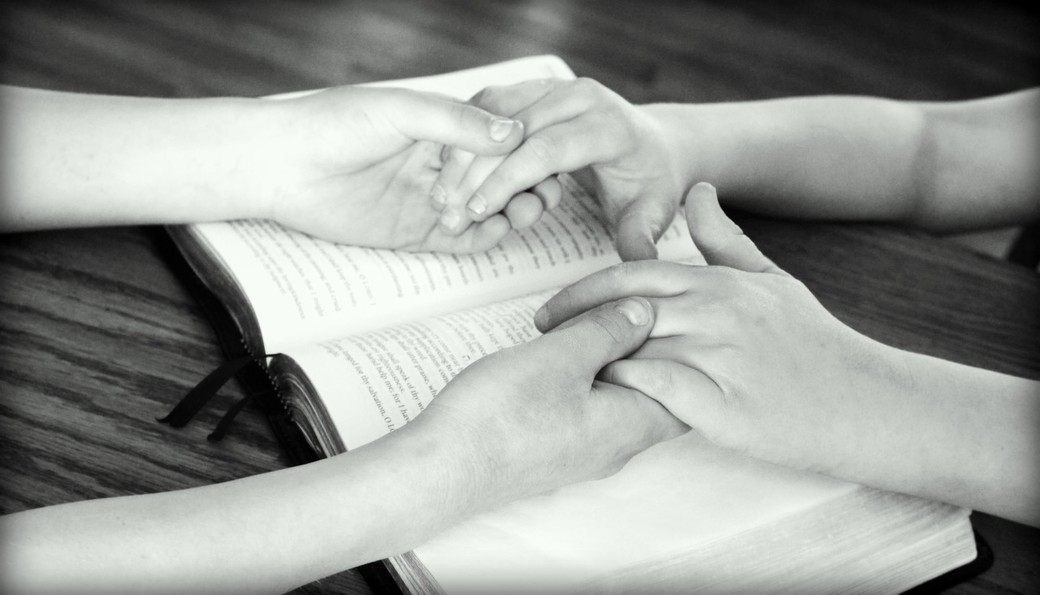
Mais Oui, Learning French at the OCSB
When it comes learning a new language, there is no question that the earlier you get started, the easier it is. So it is no surprise that the best time to acquire linguistic skills is when you are a child. (Just ask any public servant in the throes of language training how hard it is as an adult!) Learning another language opens the door to opportunities in every field, be it political, business, academic or in the public service. (As an added bonus, armed with other languages, travelling is easier and more enjoyable too). The Ottawa Catholic School Board (OCSB) has a number of French as a Second Language (immersion) options to choose from, beginning as early as Junior Kindergarten.
In fact, research indicates that the motivation and ability of the students, in conjunction with the intensity of the program, are the greatest indicators of success in the acquisition of a second language so right from the start, JK/SK students in the OCSB can hit the ground running on the road to bilingualism, receiving 50/50 English/French in schools that still have a half day kindergarten program and those with full-day kindergarten have 25 per cent of the day in French). Between Grades 1 and 3, children then spend 25 per cent of their time (or 75 minutes of the day) studying the basics. It is in Grades 4-6 where things start to change and can really kick into gear. Families, in consultation with their teachers, make the choice to continue with the 25 per cent French option or they can increase it, moving up to 50 per cent of their time (150 minutes a day) in French. Boosting French to the 50 per cent route then allows for students to graduate with the required hours and credit accumulation to obtain a French Immersion Certificate.
In Grades 7 and 8, students can go even further by adding another 40 minutes of French instruction to 5 of 8 periods (or 190 minutes). Alternatively, they can remain in core French (1 of 8) periods. And from grades 9-12, students can dive into full immersion, taking ten of their courses in French.
In short, there are many options for learning French and there has been great interest and uptake in the OCSB. Enrolment in French Programs has increased over the last few years. In the 2005-2006 scholastic year, for example, 36 per cent of those enrolled in French programs in the grades 4-6 level were in the immersion program. In the 2010-2011 school year, that jumped to 51 per cent. And for grade 12 graduates, the numbers have also jumped in all three categories, but the biggest increase was seen in the total French immersion category.
Chantal Soucy, French Language Consultant at the Board explains that the way French is taught has been changing. “There has also been a mentality shift that has taken place over the last few years to ensure that oral communication is highlighted. In the past, we never really taught people to speak French. We taught the mechanics, reading and writing — all critical in learning a new language of course. But to be a real learner of French, to be truly bilingual, you need to speak it.” Soucy says that students need to feel confident and secure in exploring the language orally. “We want to ensure that we provide an open, French environment where students feel free, uninhibited. We want to provide an environment that allows them to take risks in speaking French, whether they are in core or in immersion.” It is that courage and comfort level in communicating in French that the OCSB wants to instil in students. In essence,“we provide the road to being fully bilingual.”
While the pedagogy in the French classes has shifted in the last few years to strengthen oral communication, developing critical literacy skills remains an important part of the process. “We want students to truly understand what they are reading and to be able to critique it. Students need to learn to think for themselves, to have discussions and to really think about things.”
Brenda Wilson, Superintendent, Student Success (Elementary) at the Board says that success in French language acquisition involves collaboration and teamwork. While students need to do their best, they need the support of their teachers, parents and each other. This is particularly true given the multicultural nature of today’s classroom. “Our programs also have to meet the needs of a diverse multicultural classroom where French may be the third or even fourth language that the students are learning. Students learn to work together, building acceptance and tolerance.” And there is no better way to achieve this than as students learns a new language together.
For more information on OCSB programs, check out their web site, www. occdsb.on.ca









